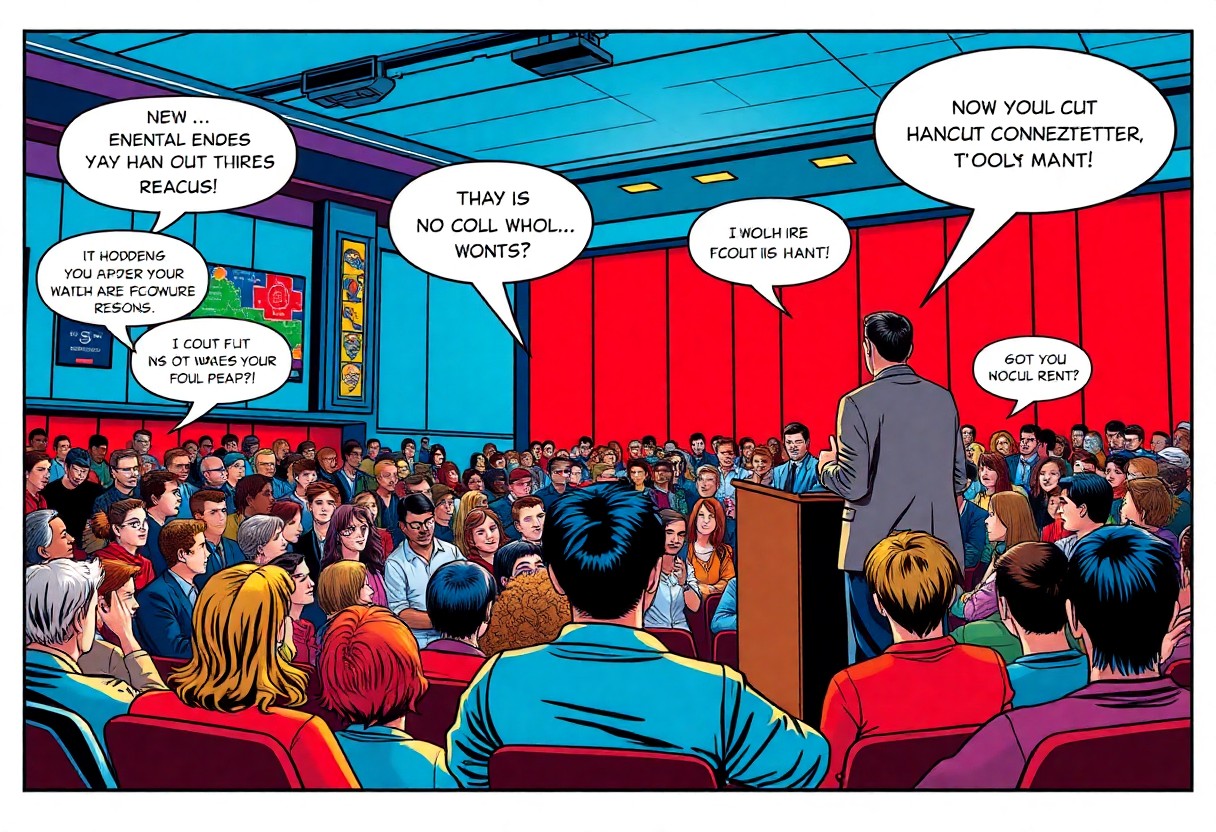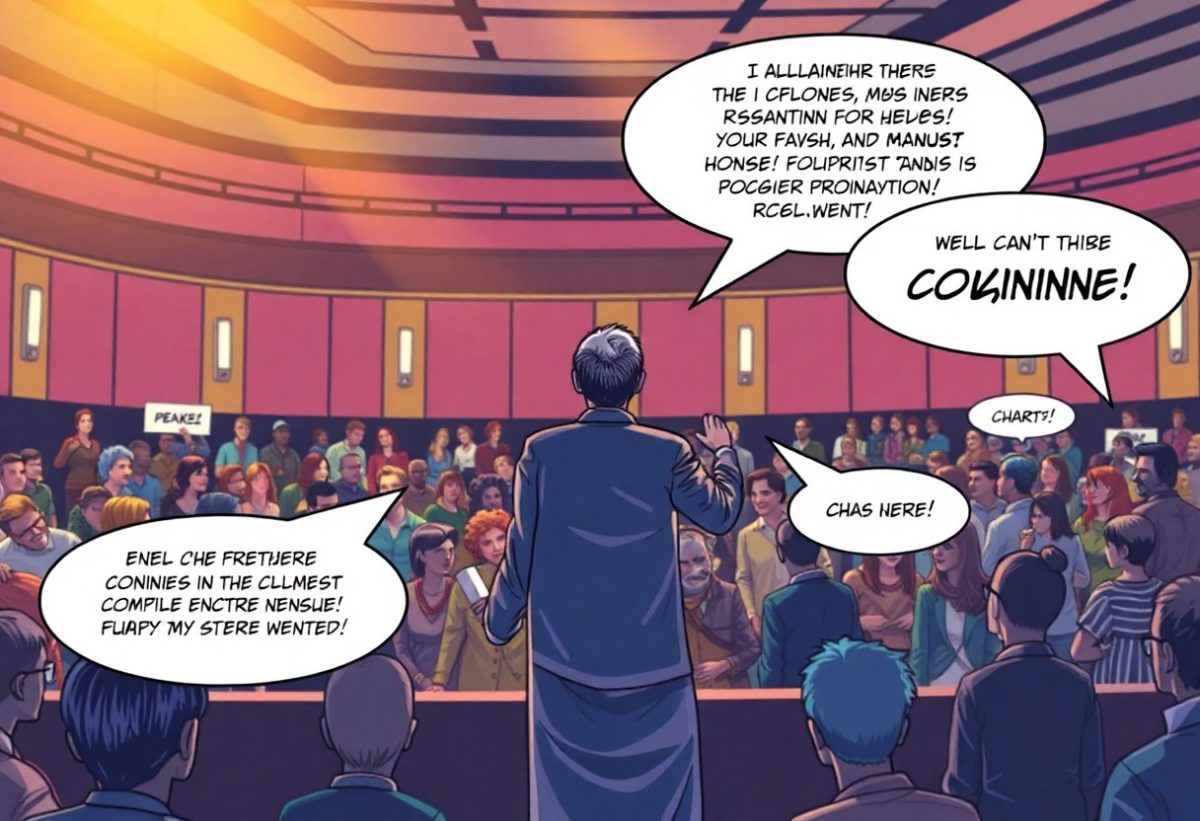Speaking confidently can transform your ability to engage and captivate any audience you face. Whether you’re delivering a presentation, giving a toast, or leading a meeting, the way you present yourself will determine how your message is received. This guide will provide you with practical tips and techniques to boost your public speaking confidence, ensuring that you connect effectively with your listeners and leave a lasting impression. Unlock your potential and discover how to command the room with your presence and words.
Understanding Your Fear
Your journey to public speaking confidence begins with understanding the fears that hold you back. It’s common to experience anxiety when faced with the prospect of speaking in front of an audience. Recognizing that these feelings are shared among many will empower you to confront and overcome them. By acknowledging your fears, you can transform them into a source of energy that propels you forward.
Common Anxiety Triggers
To effectively manage your anxiety, you need to identify common triggers that may arise before or during your speech. These could include the fear of judgment from your audience, concerns about forgetting your material, or the pressure to perform perfectly. Understanding these triggers allows you to develop strategies to counteract them and build your confidence.
Reframing Stage Fright as Excitement
Along with recognizing your anxiety triggers, you can shift your perspective by reframing stage fright as excitement. This mental shift is powerful; instead of fearing the response of your audience, you can harness that energy and enthusiasm to engage them. By viewing this adrenaline rush as a natural reaction to performing, you empower yourself to use it to your advantage.
For instance, instead of thinking about how anxious you feel before stepping on stage, you can remind yourself that those physical sensations—like increased heart rate and heightened alertness—are signs of excitement. This transformation of mindset encourages you to embrace the moment. Rather than dreading the spotlight, you can view it as an opportunity to share your message and connect with your audience. By framing your nervous energy as anticipation, you will find yourself more engaged and present, which will ultimately lead to a more captivating delivery.
Preparation Fundamentals
The key to public speaking confidence lies in thorough preparation. Focusing on foundational elements can vastly enhance your ability to engage with your audience. By honing in on these preparation fundamentals, you can craft a presentation that not only conveys your message effectively but also captivates and maintains the audience’s interest.
Audience Analysis
About understanding your audience is the first step to creating impactful presentations. You need to consider their interests, knowledge level, and expectations to tailor your content effectively. Engaging directly with your audience allows you to connect on a personal level, making your message resonate more profoundly.
Content Organization and Structure
At the heart of an effective presentation is a well-organized structure that guides your audience through your main points. Clear organization ensures your ideas flow logically, which helps maintain their attention and promotes understanding. A thoughtfully constructed presentation allows you to emphasize key messages while supporting your narrative with relevant examples.
Considering the way you structure your content can greatly influence how your message is received. Start with a compelling introduction to grab attention, followed by well-defined key points that build on each other. Use transitions effectively to move from one section to the next, and conclude with a powerful closing that reinforces your main ideas. This logical flow not only aids audience comprehension but also enhances your confidence as you present your material.
Body Language Mastery
Now that you’ve grasped the basics of public speaking, it’s time to explore how body language can enhance your delivery. Your non-verbal cues—posture, gestures, and facial expressions—have the power to significantly impact how your message is received. Mastering these elements will not only bolster your confidence but also enable you to connect more meaningfully with your audience. Embrace the art of body language, and watch as you captivate any room you enter.
Power Postures and Movement
One effective way to command attention during your presentation is through power postures and intentional movement. Stand tall, with open shoulders and a strong stance that projects confidence. Move purposefully around the stage, using your space to engage your audience. This dynamic presence not only makes you more appealing to watch but also reinforces your message, setting a tone of authority and credibility.
Facial Expressions and Eye Contact
About your facial expressions and eye contact, these elements are vital for creating a connection with your audience. Your face acts as a communicator of emotions, conveying enthusiasm, concern, or passion that enhances your message. Maintaining eye contact with your audience demonstrates sincerity and invites them into your narrative, making them feel valued and engaged. It’s an vital skill that fosters trust and openness.
Mastery of facial expressions and eye contact will elevate your public speaking game. By practicing varying your expressions to suit your tone and content, you amplify the emotional resonance of your message. Additionally, making a habit of eye contact helps you establish rapport, making your audience feel involved and acknowledged. This technique not only captivates listeners but also helps you adapt on-the-fly, responding to their reactions in real time.
Vocal Techniques
All effective public speakers understand the power of vocal techniques. Developing your vocal delivery not only enhances your message but also engages and captivates your audience. By mastering various techniques such as voice modulation, pace, and strategic pausing, you can create impactful presentations that leave a lasting impression. Your voice is a dynamic tool—so let it reflect your passion and confidence!
Voice Modulation and Pace
Across your presentation, varying your voice modulation and pace keeps listeners attentive and interested. By adjusting the tone, pitch, and speed of your speech, you can create emotional peaks and valleys, drawing your audience into the narrative. Practicing these techniques allows you to convey enthusiasm, urgency, and importance, making your overall message more engaging.
Strategic Pausing and Emphasis
Strategic pauses in your speech can significantly enhance its impact. By emphasizing key points through timing, you give your audience time to absorb the information, and create anticipation for what comes next. Pauses can also serve as a powerful tool to highlight your message, making certain phrases and ideas resonate more deeply with your listeners.
A well-placed pause can transform your delivery, allowing you to create a dramatic effect that captures attention. It encourages both you and your audience to reflect on the content and its significance. Practicing where to insert pauses and how to use emphasis can turn routine statements into memorable highlights of your presentation, reinforcing your authority and confidence as a speaker.

Engaging Your Audience
After capturing your audience’s attention, the next step is to engage them. This involves fostering a connection that encourages participation and interaction. Tailor your content to address your audience’s interests and needs, using questions and prompts to stimulate discussion. By making your presentation relatable and inviting input, you create an environment where your audience feels valued and invested in your message.
Interactive Elements
For effective engagement, incorporate interactive elements into your presentation. This could include polls, Q&A sessions, or group discussions. By encouraging audience participation, you not only keep their attention but also benefit from diverse perspectives that enrich your topic. Interactive elements help transform a one-way communication into a dynamic exchange of ideas.
Storytelling Techniques
Across your presentation, storytelling techniques can significantly enhance engagement. Crafting relatable narratives allows your audience to connect emotionally with your content, making it more memorable. Use anecdotes, vivid imagery, and characters to illustrate your key points, inviting your audience into your world through shared experiences.
Plus, effective storytelling can help you convey complex ideas in an easily digestible format. Aim to structure your stories with a clear beginning, middle, and end, which will guide your audience through your message seamlessly. Incorporate elements of suspense, humor, or surprise to keep your audience interested, creating a richer experience that resonates long after your presentation concludes.
Handling Difficult Situations
Many speakers encounter unexpected challenges that can throw them off balance, but with the right approach, you can turn these situations to your advantage. Whether it’s a hostile audience, technical glitches, or tough questions, your ability to navigate these moments can enhance your credibility and connection with the audience. By maintaining your composure and responding effectively, you can transform potential setbacks into opportunities for engagement and success.
Managing Technical Issues
Difficult technical problems can arise at any moment, disrupting your flow and causing frustration. To effectively manage these issues, prepare for potential failures by having backup plans, such as alternative presentation formats or contact details for tech support. Remaining calm and communicating your situation to the audience will help you maintain credibility while you work through the challenge.
Addressing Tough Questions
Tough questions can be intimidating, but they also provide a chance to showcase your knowledge and confidence. View them as an opportunity to engage with your audience and demonstrate your expertise. Instead of avoiding challenging inquiries, you should embrace them, providing thoughtful responses that invite further discussion.
It’s imperative to approach tough questions with a positive mindset. Take a moment to gather your thoughts before responding, and if you’re unsure, it’s perfectly acceptable to acknowledge that some answers require further research. Engage with the questioner by paraphrasing their question to ensure clarity, and then provide a response that reflects your understanding of the topic. This approach not only demonstrates your commitment to accuracy but also fosters a respectful dialogue that can build rapport with your audience.
Summing up
Considering all points, developing your public speaking confidence is crucial in captivating any audience. By understanding the key elements of effective communication, practicing regularly, and embracing your unique style, you can significantly enhance your ability to engage listeners. This journey not only improves your delivery but also fosters a deeper connection with your audience. Implement these strategies consistently, and you’ll find that your confidence will naturally grow, empowering you to leave a lasting impression with every speech.

